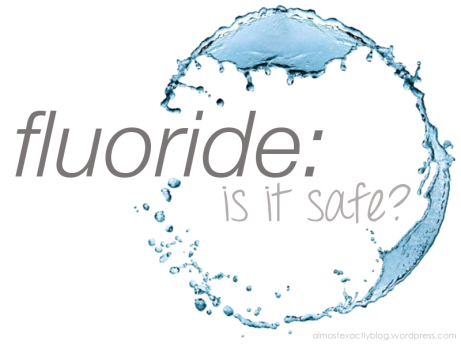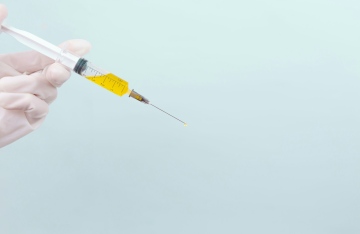Using fluoride in either water or toothpaste has been a source of controversy. Other people think that using fluoride can be bad for the body, while others believe that using it can greatly help improve dental health. So what really is the truth? Today, our Guildford dentists are going to talk about what is fluoride, its benefits and harmful effects.

What is it?
Fluorine can be found naturally everywhere like in minerals, water, soil and food. Fluoride can also be created inside laboratories so they can be added on toothpastes and in water. Fluoride that’s added on water is aimed at reducing tooth decay in many communities.
Benefits of Fluoride
The main attribute that fluoride provides is its capability to help prevent tooth decay and dental cavities. Fluoride helps by decreasing the growth of bacteria, as a result, reducing acid production. The acid produced by the bacteria would erode the enamel in your teeth which is a process known as demineralization. Fluoride doesn’t only prevent demineralization, it also boosts remineralization.
This means that it will slow down enamel loss and helps in augmenting the repair process of weak spots that would potentially create cavities. This will stop cavity formation hence slowing down and preventing tooth decay. Using fluoride over long terms can mean preventing painful and costly dental problems like permanent damage and abscesses, therefore decreasing the chances of spending money on treatments.
Harmful Effects of Fluoride
The most common harmful effect that fluoride is known as dental fluorosis. This pertains to fluoride accumulation that changes the teeth’s appearance through white spots or in extreme cases weakened teeth and brown stains. This can only happen if there is excessive intake of fluoride from multiple sources during the development of the teeth, so that means children ages seven and below.
This normally happens through a number of probable scenarios. First, if children with developing teeth takes in fluoride even if the water already has fluoride in it. Second, it’s quite common for kids to swallow toothpaste which can lead to possible fluorosis. There a lot of ways where your kids can get enough fluoride by make sure that they stay away from the threshold that would lead to fluorosis. Such ways would include using low-fluoride toothpaste, supervising them as they brush their teeth, using a small amount of toothpaste and teaching them to spit toothpaste instead of swallowing them.
Thanks to Guildford Dental for their explanation on fluoride.




